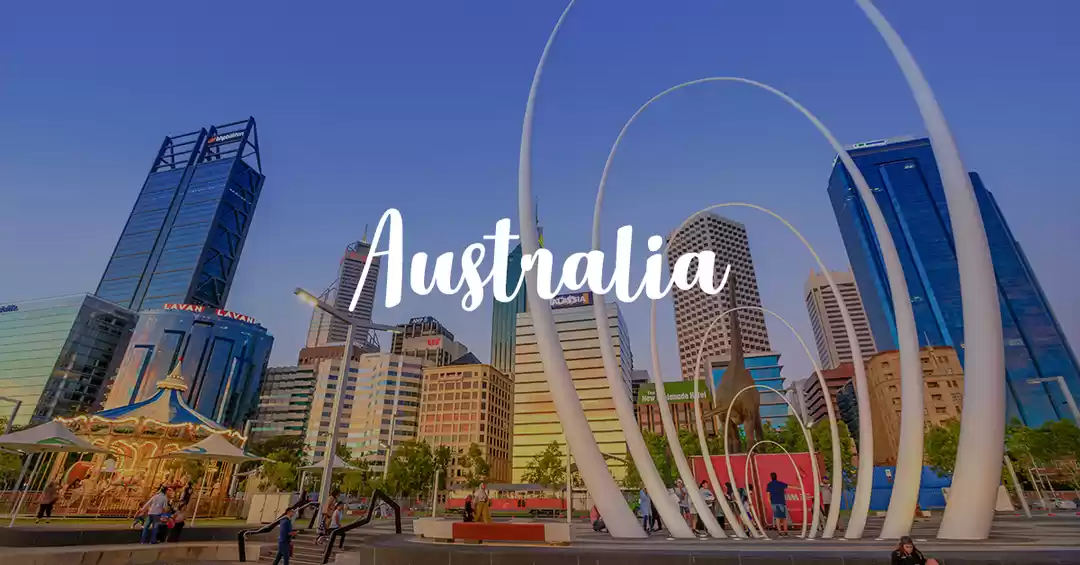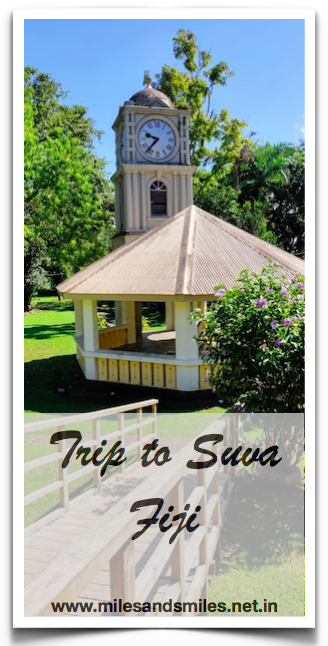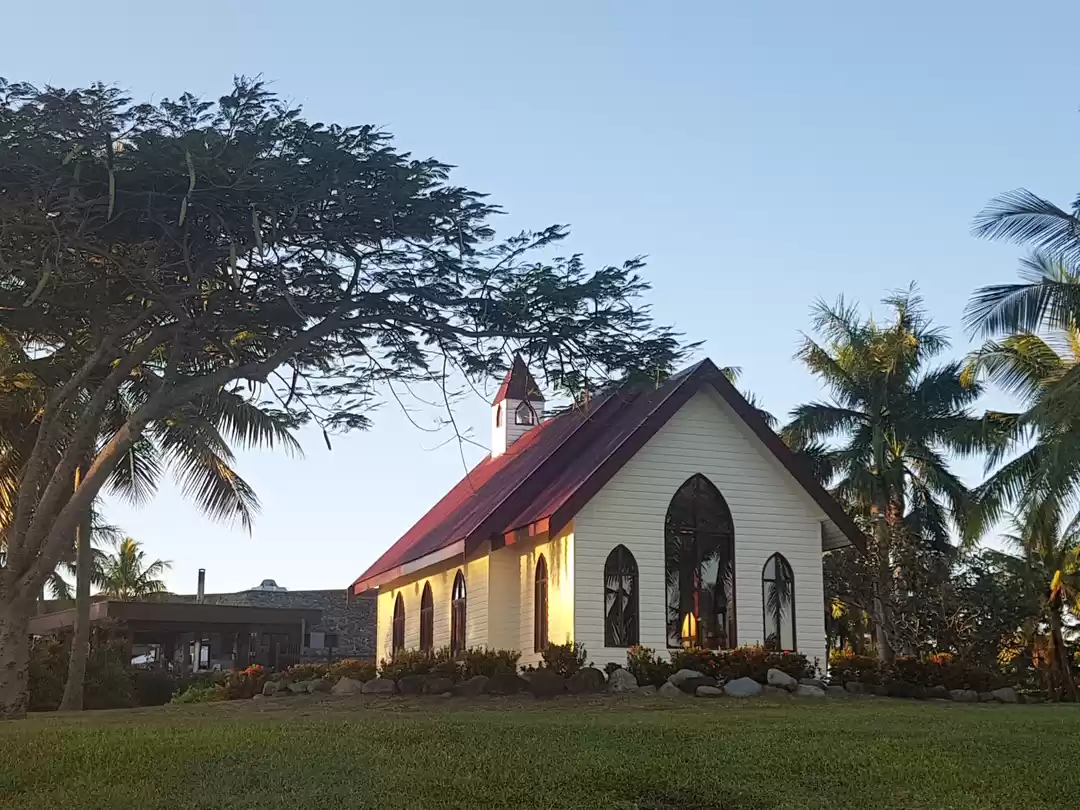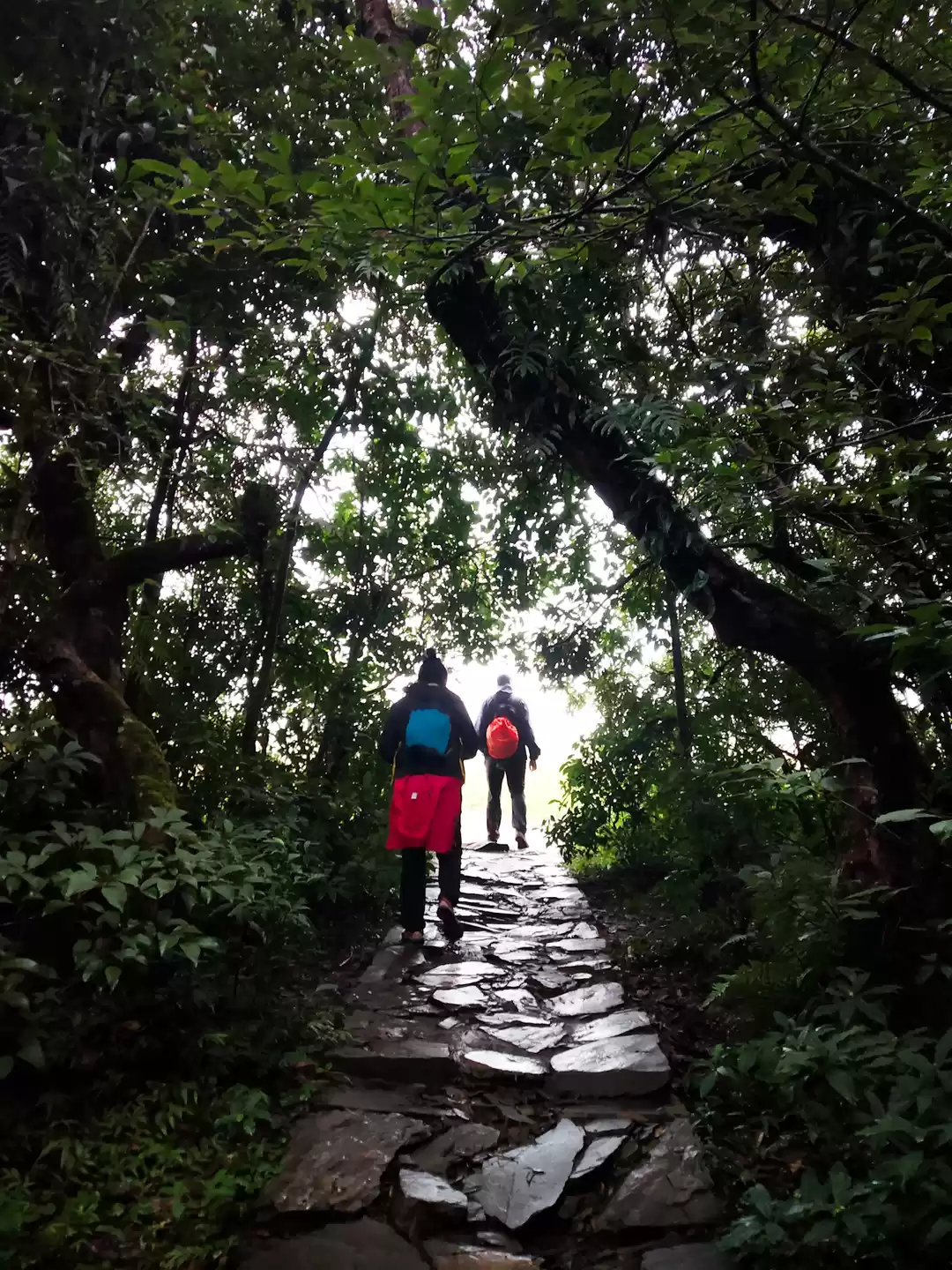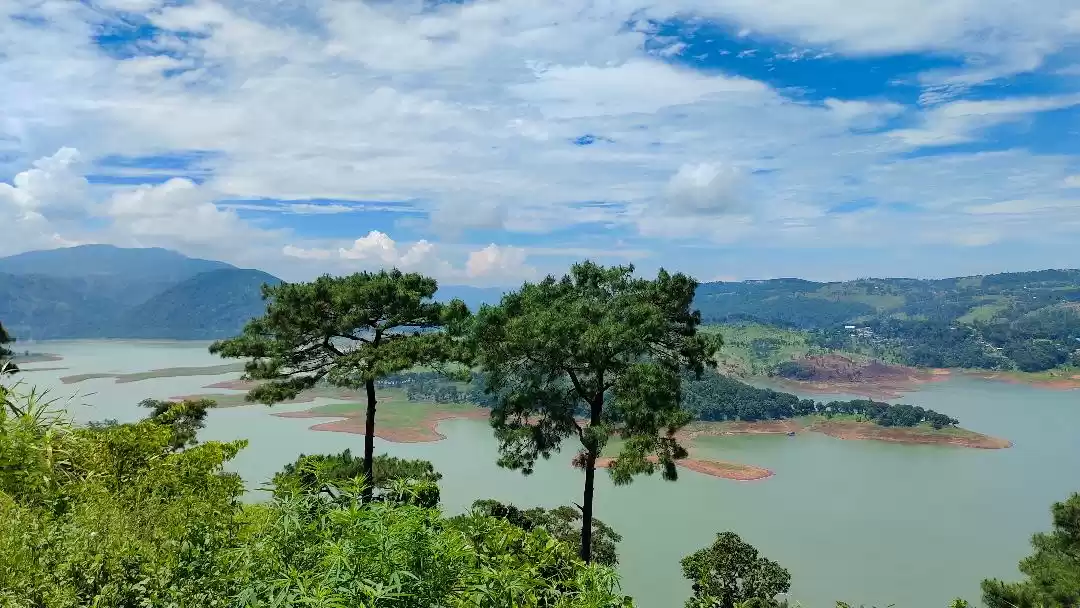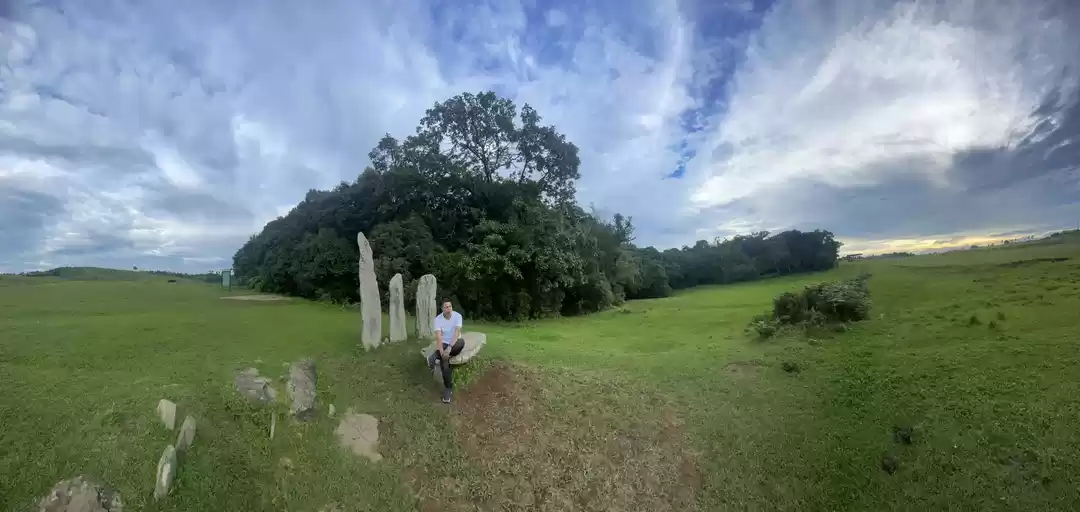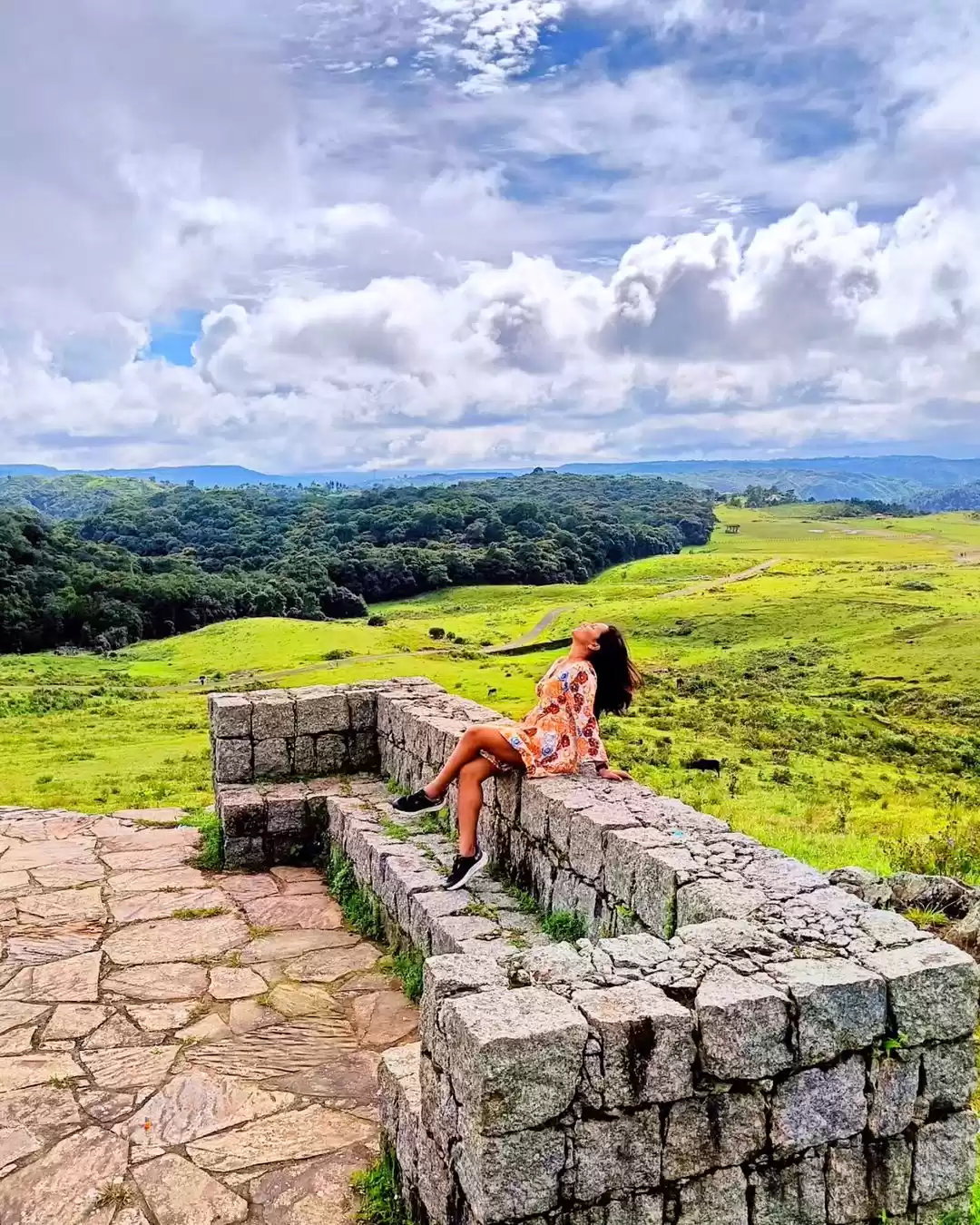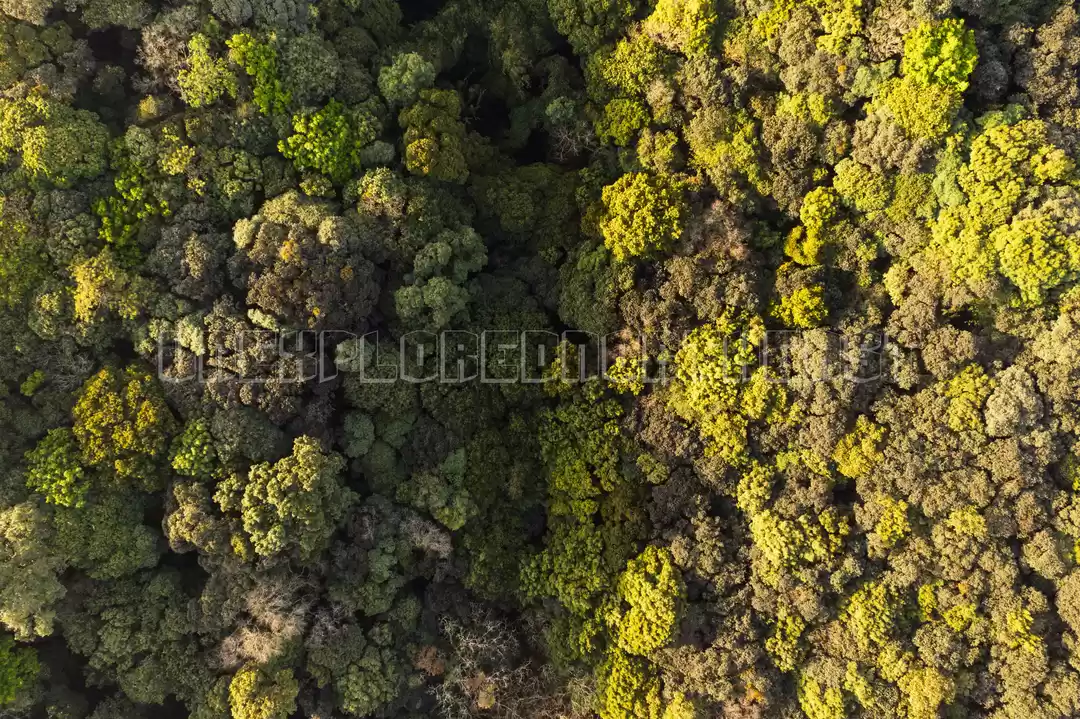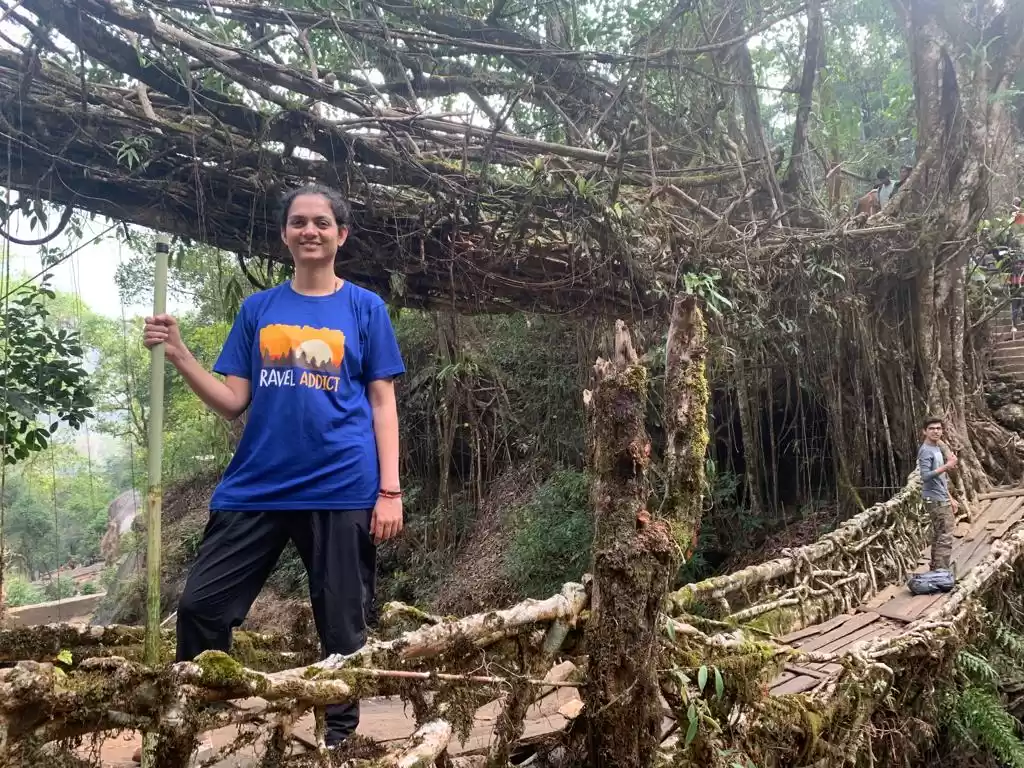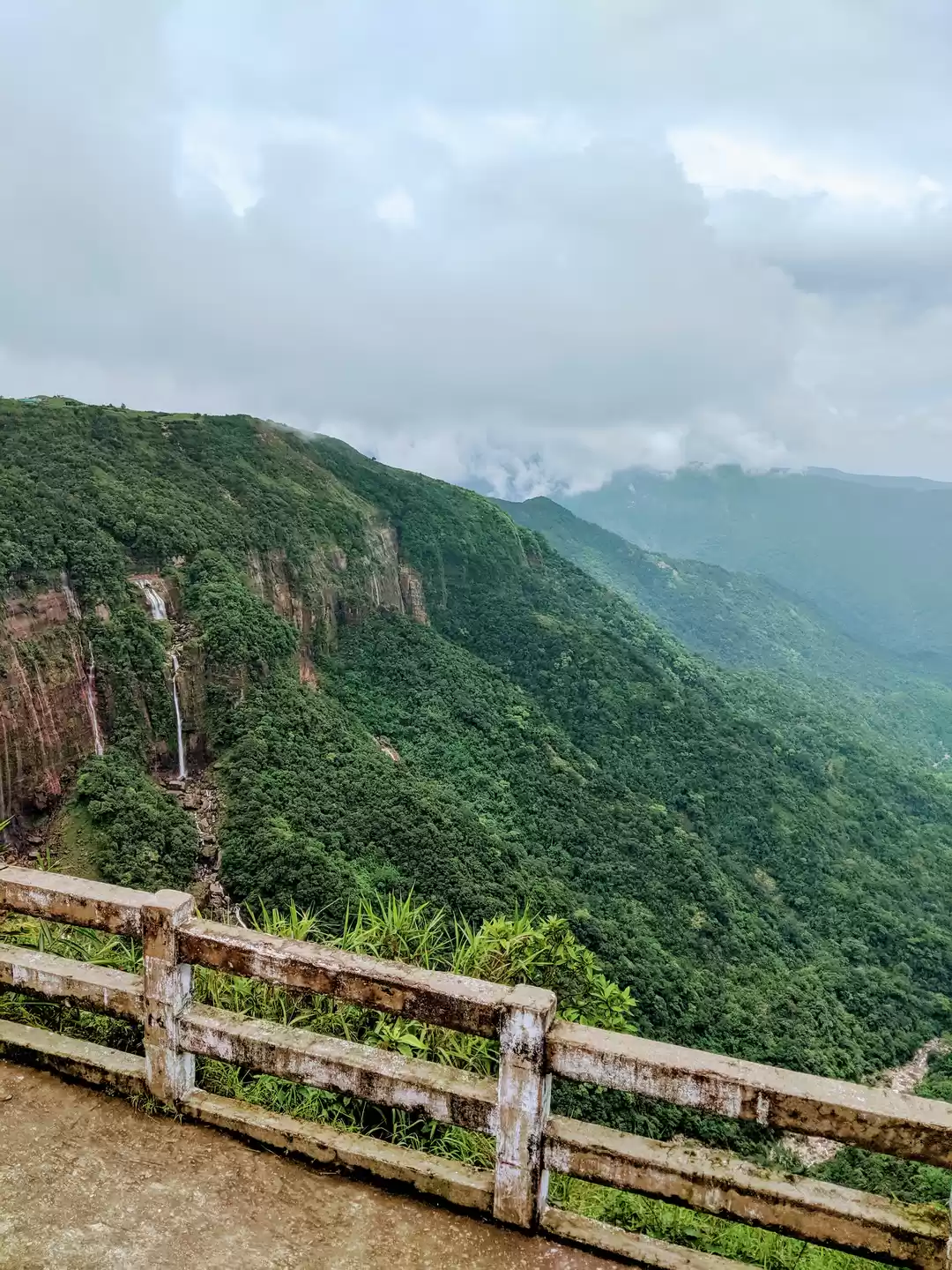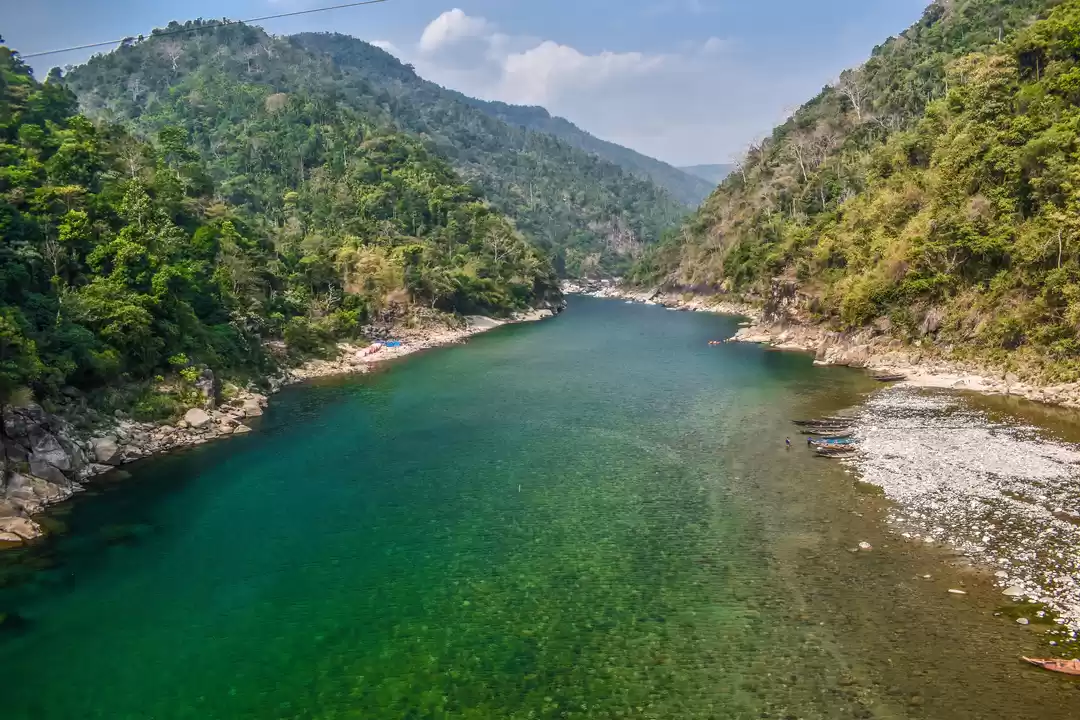
In Meghalaya, nature has a tale to tell at every corner. The dark Khasi forests have a very different tale to tell among the foreboding mountains, scorching vistas, living root bridges, and natural pools. There are long-held cultural secrets and sermons hidden among the gushing rivulets, croaking trees, and sacrifice stones. These are Meghalaya's sacred groves—refreshing and enigmatic sacred woodlands.

The holy Mawphlang forests are hidden in the Khasi highlands, around 25 miles from Shillong. Mawphlang Woodland, the largest and oldest holy forest still in existence for the Khasi people, has a cultural heritage spanning more than 800 years. There are around 50 sacred forests in the Khasi hills. There are sacred groves in each forest where the tribes congregate to make sacrifices. These groves are revered by the clan members as they are thought to be protected by a local deity. The native deity Labasa guards the sacred grove of Mawphlang.

The Khasi tribe in Meghalaya reveres the beauty that nature has bestowed upon them, and their strong sense of conservation is likely rooted in a number of different religious traditions. When it comes to protecting the environment, the tribes are quite sentimental. In their view, without its own sacred forest, a village is lacking and without individuality. And Mawphlang, the largest and most notable, was the ideal location to comprehend the connection Khasi people have with nature. In the native language, "Maw" means stone and "Phlang" means grass, or the region of infinite grassy stones.

I was vacationing in Meghalaya and have visited the splendid Umngot river and Double Decker bridge, so I decided to explore the scared groves of Mawphlang along with my friend from Meghalaya whom I had known from my college. She wanted joined ,me on this wonderful journey to Mawphlang.
We shared a taxi from Shillong to Mawphlang, the scenery is mesmerizing with undulating hills, lush meadows, crisp air infused with moisture from nearby waterfalls, brooding wildflowers alongside the road, sporadic roadside farms selling fruits to travellers and passersby, and scattered woods that seem to be the remains of a much larger forest that once covered the entire area.
The cab dropped us off to the Mawphlang settlement in approximately an hour. After few minutes of walking we reached the ticket counter from where we got out entry ticket and a guide. Every facet of life here has a rich cultural and spiritual heritage, and the sacred forests of Mawphlang are no exception. The local deity is prayed to for blessings in bad times, . The locals think that the Lord appears to them as a leopard to save them.
The forest appears to have a rich diversity from the outside, including a sizable canopy of naturally raised trees and the unmistakable presence of alluring creepers. Tall trees as high as you can imagine greeted us as we arrived. The presence of algae on stones and trees indicated that the forest floor is constantly wet. We moved slowly because of the slick ground, which gave us more time to take in the woodlands.

There are many Khasi pine trees, which are distinguished by their consistently wide trunks. The majority of the forest is covered in thick humus layers that encourage the establishment of unusual plant species. There are blooming flowers and a wide array of healing herbs.


The sacred forests, according to the inhabitants, are guarded by the god Labasa. In Meghalaya, the oldest tribes regard Labasa as one of their most revered deities. The people of Mawphlang think that a god guards the community in times of trouble.

Because he believes we could be cursed with an illness or, in the worst situations, even death, our guide has forbidden us from taking anything from the forest, including a leaf or stone. The holy woodlands and stone monoliths, which hold profound cultural and religious importance, have been guarded by the Khasi tribe.

Upon our returned we were very hungry so we stopped by a stall to have some hot Maggie.



